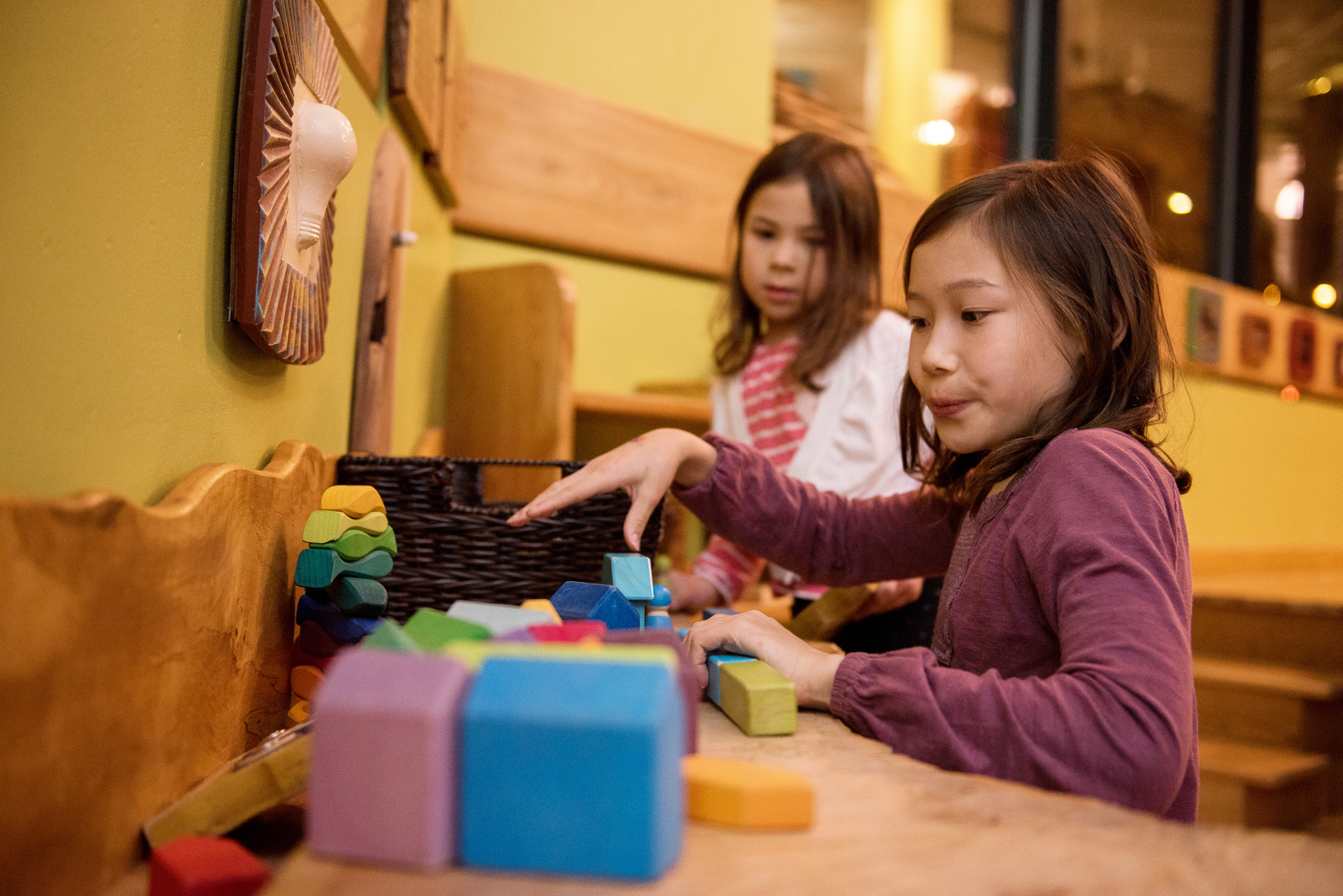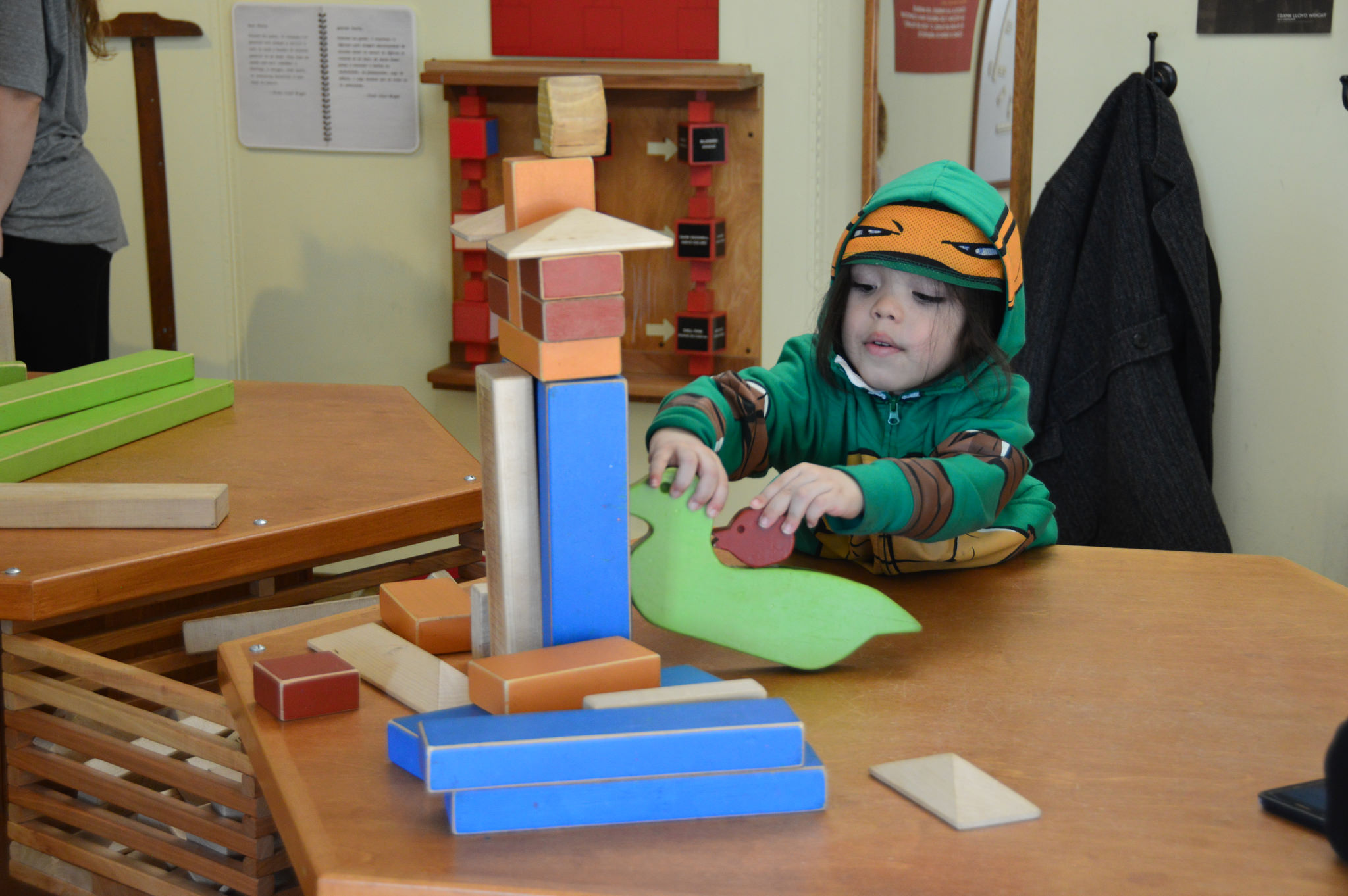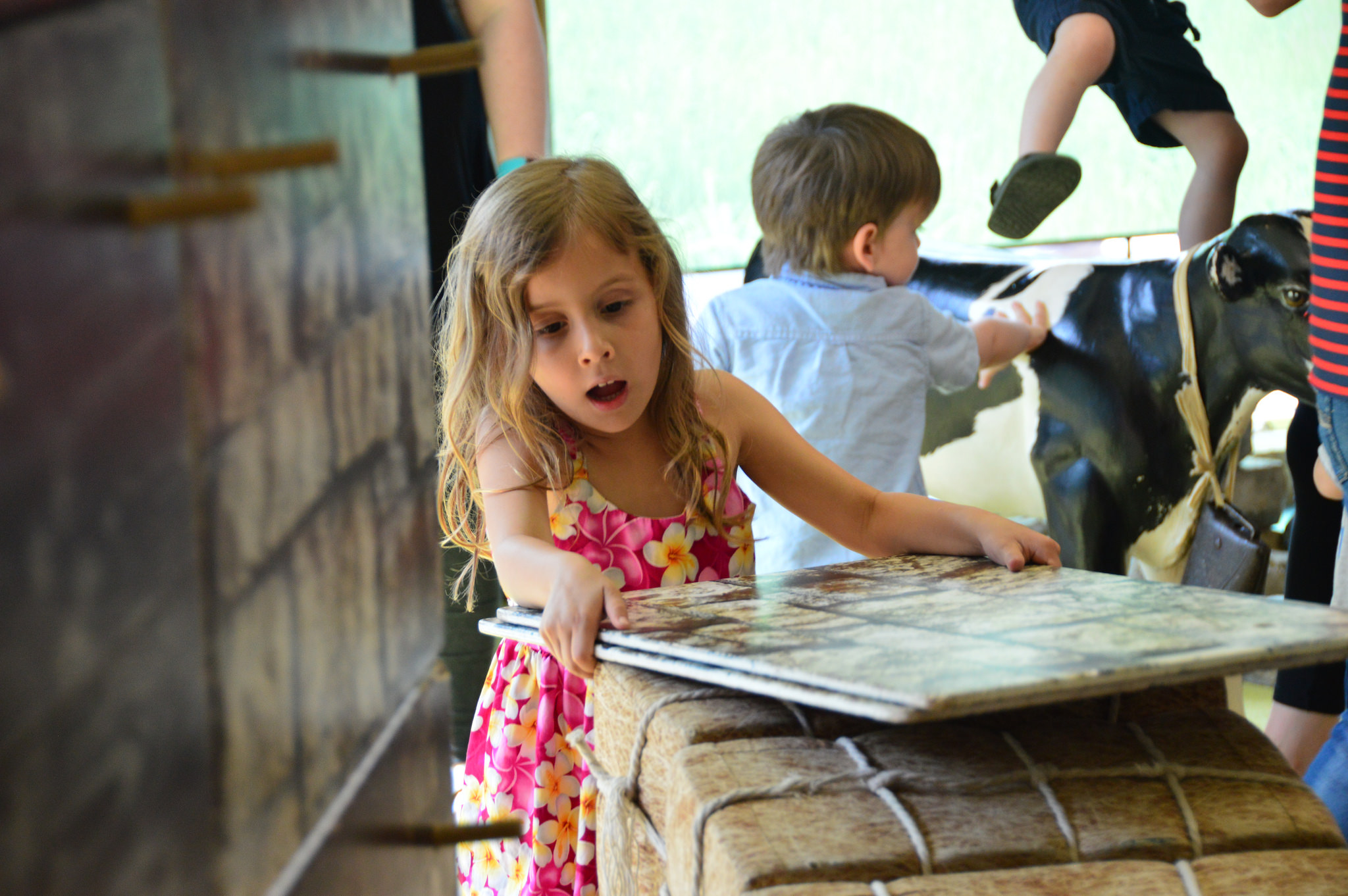- Home Test 625
- Home
- Visit
- Exhibits
- Programs & Events
- Membership
- Support
- Give the Gift of Play
- About
- Checkout
- Cart
- Utility
- Birthday Party Cancellation Form
- Phone Call
- Request for a Facility Rental Agreement
- Privacy Policy
- American Girl Benefit Sale
- Party Catering Form
- Event Date Request Form
- Camp Food Orders
- Flourish!
- IA24 Evening Event RSVP
- Development Events RSVP
- Development Tour
- Folder Request Form
- Development Team Test Page
- Logout
- Birthday Parties
Building a Structure for Unstructured Play – Exhibit Design at Madison Children’s Museum
The first hint of fall is in the air, and for many families, schedules are shifting back to routines that include work, school, and often an array of extracurricular activities designed to strengthen kids’ bodies and minds.
With all this structure, it’s also critical to make time for unstructured play.

Kids benefit when they self-guide their play, using toys and spaces that are open-ended, like the environments created by Madison Children’s Museum exhibits. Here, two girls play with brightly colored blocks in the museum’s Wildernest exhibit.
Experts agree, children get an extraordinary number of benefits from unstructured play—playtime that they define, rather than letting a coach, teacher, game designer, or product marketer tell them how to do it. Play promotes creativity, builds motor skills, and helps kids work through their fears and stress. There is a strong correlation between unstructured play and executive function skills. And executive function skills are what kids need to succeed in school (I will listen to the teacher, even though I can see other kids playing out the window), as they grow (I will obey my curfew, even though my friends still want to hang out), and as adults (I will make myself nutritious food, even though I could eat Apple Jacks and Doritos for three meals a day and no one would stop me.)
Yet so much of what fills our kids’ hours, particularly during the school year, is highly structured. Kids go from school days where recess is often squeezed out to make way for more instruction time and then participate in a parade of beneficial but highly structured activities: music lessons, sports, clubs, scouting, etc.
A recent New York Times article, titled “Let Kids Play” explains it well:
“We’re in a climate where parents are feeling like they need to schedule every minute of structured time, and 30 percent of kindergartens offer no recess,” said Dr. Michael Yogman, chairman of the A.A.P. committee on psychosocial aspects of child family health and the lead author of the statement. To some, he said, “play is seen as irrelevant and old-fashioned.”
Madison Children’s Museum is built with unstructured play in mind. Every one of our exhibit areas—from the Wildernest little-kids area, through Coops to Cathedrals on the second floor, and up on the rooftop—offers kids an environment that inspires play without telling them how to go about it. For example, there are building blocks in the farm section of Coops to Cathedrals, but no guidelines as to what should be built. The result is that on any day you could find kids constructing a block house for the model calf, a wall across half the exhibit, a long parade of blocks winding across the floor, or tall skyscrapers reshaping the view out the window. Similarly, the climbing equipment on the roof is sometimes a unicorn-populated castle in a forest, and other times a rocket ship, or a cage to contain a dragon—depending on the imagination of the children who happen upon it.

A child plays with evocatively shaped blocks in the museum’s Coops to Cathedrals exhibit.
None of this is an accident. In the grand Madison tradition of “think locally” our exhibits aren’t purchased piecemeal from elsewhere; they’re built by local artisans and artists on staff, in consultation with our staff and board experts on child development. We recognize the benefits of unstructured play and build our exhibits accordingly, providing tools and toys that can be used a myriad of open-ended ways, and with a minimum of instruction by staff or signs.
Sometimes it takes kids, but more often their parents, a little while to break out of the mindset of structured play. Our discovery guides, who help assist and tidy exhibit spaces during the day, regularly get asked how a particular portion of an exhibit “is supposed to work.” The answer is, generally, that it works, however, the child thinks it should work.
Deb, our CEO, often talks about a study where children were given an unusual “novel” toy. The children, given no information as to what it did, found many different ways to play with it. The children who had an adult demonstrate a few, specific ways to operate the toy only played with it in that limited manner. Madison Children’s Museum takes these lessons to heart; the lack of directional signs in our exhibits is deliberate, to enable invention and creativity, and encourage parents to follow the lead of their children.

A girl assembles large panels in the farmhouse section of Coops to Cathedrals. What she creates is up to her imagination.
As your family returns to the rhythms of the school year, make unstructured playtime a priority. Provide your kids with toys that don’t suggest a narrative (generic, rather than established characters), let them play in a park with or without play equipment, and plan a visit to Madison Children’s Museum and let them lead the way on where and how they want to play.
